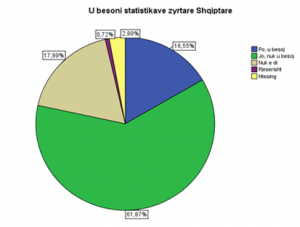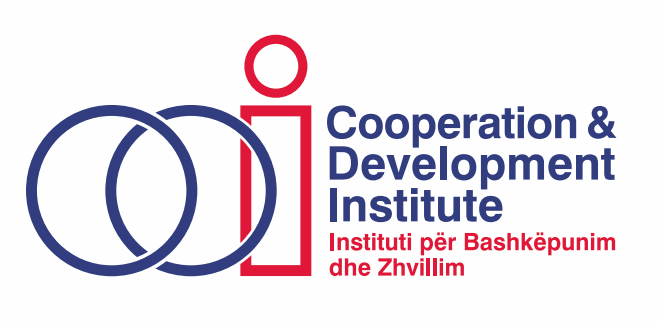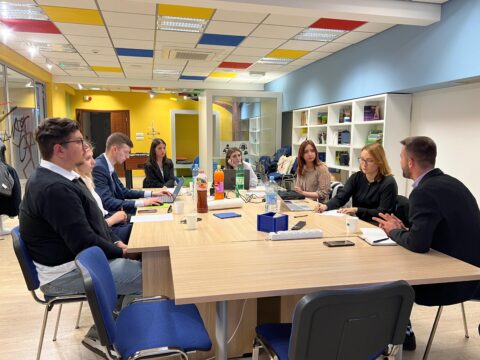In May 2013 in the framework of the activities of the portal Shtetiweb.org, the Cooperation and Development Institute organized a test that measures the knowledge of socio-economic indicators, in a group of 140 students of a university in Tirana.
The survey has 12 questions, based on the methodology used by the Eurobarometer and OECD, and is adapted to albanian context. It aims to measure the knowledge of some important national indicators of socio-economic, to identify the main sources of the information obtained, and to evaluate the perception of the usefulness of statistics in shaping the opinion of the group mark. Leading indicators chosen in this test belong to the fiscal year 2012 and include GDP growth, inflation rate, unemployment rate, the ratio of public debt to GDP, etc.. Regarding to the knowledge of the proposed indicators, the chosen methodologies are considered “correct” answers indicator set at + -20% of the published official.
The main goal of this phase is testing the questionnaire including selected indicators, terminology and methodology, to enable them to improve optimal results in a large-scale survey on the whole, the country. Although not conceived as an instrument to measure knowledge and without pretense of representative population mark, some of the data obtained after treatment with SPSS are so interesting that we thought to do public, as follows:
• Dysfunctional in recognition of indicators. While 91% of the group gave the correct answer to the population according to the 2011 Census, only 8.6% of students gave the correct answer to the inflation rate.
• Main sources of statistical information. Secondly, the media, INSTAT and Bank of Albania cited as the main sources of information obtained socio-economic development. With over 30% of positive responses, television media (primarily one channel) remain the main source from which the knowledge obtained on socio-economic indicators, while “schools” cited only by 1.4% of respondents. Ashton interesting that more than half of them do not understand or do not believe at all that Albanian politicians base their decisions on statistical information. INSTAT cited as a reliable source for inflation, unemployment and Census, the Bank for GDP growth, public debt and exchange rates. But it’s notable that over one third of the students either do not know which source to qualify as reliable, or simply do not consider any of them such.
• Knowledge of non-conforming official version. Thirdly GDP growth, inflation rate and the unemployment rate resulting over-estimated compared with the official data. Respectively 55.4%, 74.1% and 58.3% of the questioned population estimates significantly higher from the official figures. More accurate knowledge on the exchange rate are ALL / EUR where 9 out of 10 students gave the correct answer.
• Official statistics have low degree of reliability too. But the most interesting information resulting from the question: “I believe the Albanian official statistics, indicators such as unemployment, inflation or economic growth?”. Only 16.6% stated that while 61.87% believe reflect negatively on the credibility of official information (17.99% have no opinion, and 2.88% did not answer).

Source. Shtetiweb.org, poll-test “Measuring knowledge on Socio-Economic Indicators, April – May 2013
In conclusion, we emphasize once again that the methodology used and the sample size, the data above are presented only as a subject of discussion and do not claim to provide scientific results. These data will serve to improve the statistical survey of the same name, whose goal is to teach how Albanians consider official statistics on socio-economic indicators, from which resources they receive them and how they use them everyday life .





